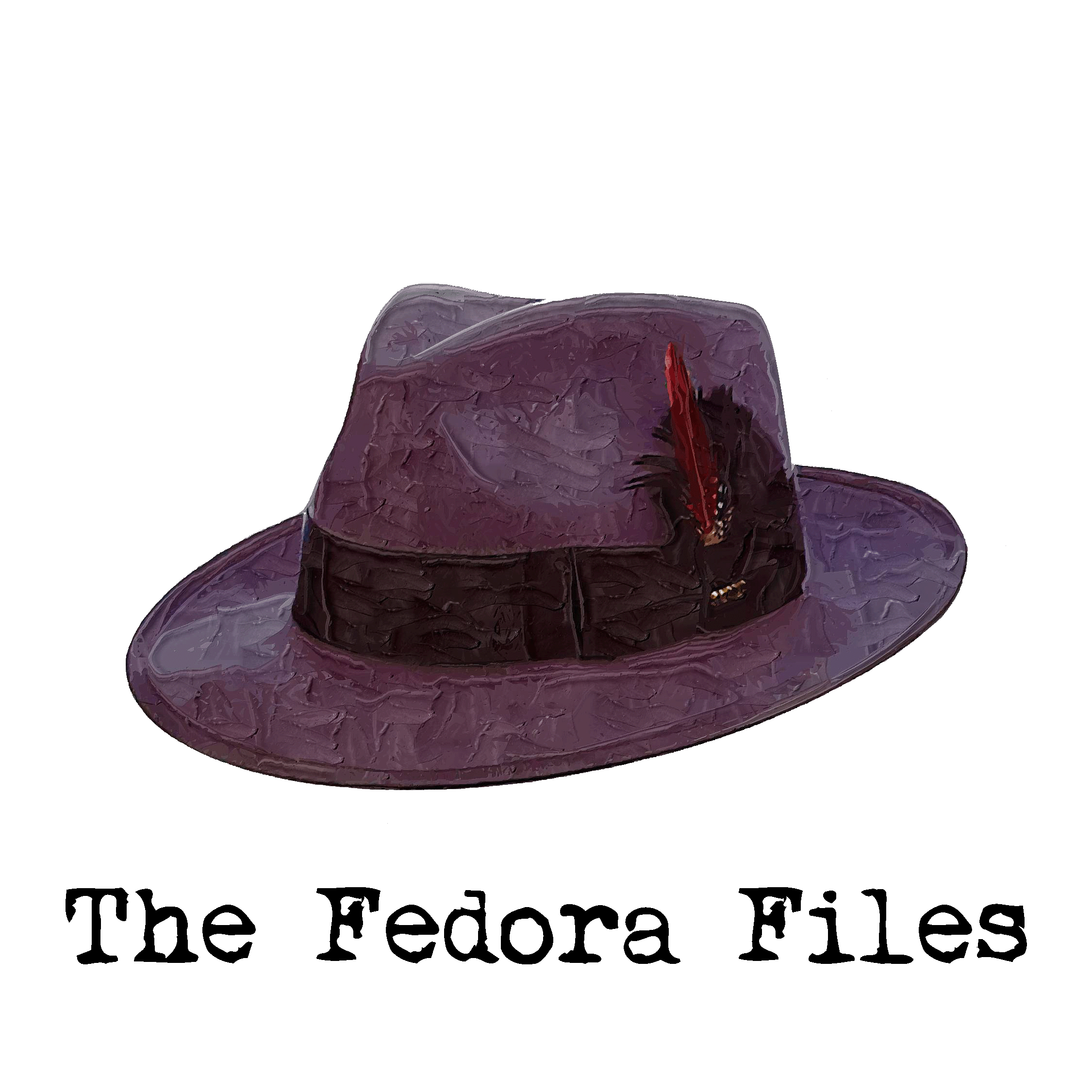Dawn Patrol
- David

- May 13, 2021
- 4 min read

Thule Hang Two surfboard carrier on locking Thule bars.
Surfing is both the most exhilarating and the most relaxing water sport. On a good day with sweet waves you’re gonna catch a lot of rides and on bad days when it’s flat you’re gonna find true tranquility - and that’s still a good day.

Catching waves at Rye.
Big wave surfers can hit 40-50 mph. Most of us normal folk who surf 3’-7’ waves only average 10-15 mph. And, I promise you, there’s nothing like it. It can be frustrating in the beginning but the first time you pop up and successfully catch a wave you’ll be addicted. Even the process of learning is fun.

Riding waves at our favorite surf spot.
When the waters flat and you find yourself floating peacefully, surrounded by an almost perfect silence broken only by the occasional lap of water against your board, you’ll enter a truly zen moment. Floating there, watching the clouds slowly drift by overhead, no distractions or disturbances, you’ll discover why surfing can be the perfect mental decompress. Inner peace. And that’s a good day.

Hyperflex 3/2 rear zip - 9’ BIC Super Magnum
There’s no such thing as a bad day on the water.

8’ soft top and O’Neill 3/2.
Sound like I’m making surfing out to be a spiritual thing? I guess I am, because it is. Try it and you’ll discover that for yourself. Paddleboarding is a close inland option when you’re away from shore, away from the crowds and you can just be at peace on the water, but surfing takes that to a whole other level.
You only need three things to surf. A board, a leash and desire. No paddles, no pfd’s, no gps devices. It’s just you and your board.

Surfing = Joy.
You need a board leash to attach the board to your ankle so if you fall off, or bail, you won’t lose your board and it won’t become a projectile that could seriously injure someone else. You’ll need a little board wax (I prefer Mr. Zogs Sex Wax and Sticky Bumps, but there are several others). Board wax, contrary to what you may think, doesn’t make a board slicker or faster. It goes on the deck making it “sticky”...giving you some traction when you pop up and are riding the wet board. Board wax also comes in many types made for the type of water you’re riding in - cool, warm, tropical etc. One tip that was shared with me many years ago was to use warm water or tropical wax even on the cold waters here in New England as it won’t melt as quickly when your board is sitting on the roof of your car in the sun after a surf session.

O’Neill 3/2 chest zip - Casio Tide Graph
I recommend making the investment in a lesson to start, preferably private 1-on-1 instruction. Group lessons are ok if you’re going with friends but you’ll never get the same attention and won’t get as much out of it. With the difference between group, semi and private only running about $30 between the full group and private - you’ll be hard pressed to argue the value of the private. The lesson should include the board and wetsuit rental.

Longboard ride in NH.
After having a lesson and finding you like it and want to continue to practice I urge any new surfer to buy your own wetsuit. Even if you keep renting a board for use in the beginning you’ll want your own suit that fits you - and you’ll know where it’s been and how it’s been cared for. As you progress, just like any other water sport, you can buy new or used equipment.

Suiting up in ME.
Boards come in many sizes from little fish to larger longboards (boards 8’ or longer). I prefer and ride a 9’ BIC Super Magnum and my oldest rides an 8’ BIC Magnum.

O’Neill 3/2 - 8’ BIC Magnum - 9’ BIC Super Magnum

O’Neill 3/2 - Single and triple fin set-ups
Like everything else, wetsuits come in different styles including back zip and front zip (chest zip). Back zip wetsuits have a larger opening which can make them more prone to flushing, but the larger entry openings make them easier to put on and take off. They also tend to be less expensive due to their being less complex to make. Chest zip suits are less prone to flushing, offer more flexibility and freedom of movement through the back and shoulders allowing for more comfortable paddling during longer surf sessions but also can be more difficult to put on and take off due to the more narrow entry opening and tend to cost more due to a more complex design. Where you surf and the time of year will also determine whether you need a shorty, full length, 3/2, 4/3 or 5/4 wetsuit, etc. A full length wetsuit goes from neck to ankles with long sleeves while a shorty has short sleeves and ends above the knees. There are also various in-between styles. The numbers indicate the thickness (and therefore warmth) of the wetsuit. The higher number refers the the thickness in the body while lower refers to the arms and legs. So a 3/2, for example, would be 3mm thick in the body and 2mm thick in the arms and legs.
New Englanders have many options, including designated surf beaches, such as those in Rye, New Hampshire, Old Orchard Beach Maine and Narragansett Rhode Island.

The family that surfs together sticks together...with apple cider donuts and muffins after a dawn patrol.
Grab a board and some donuts (preferably the cider kind) and meet me at the beach. 🤙




Comments